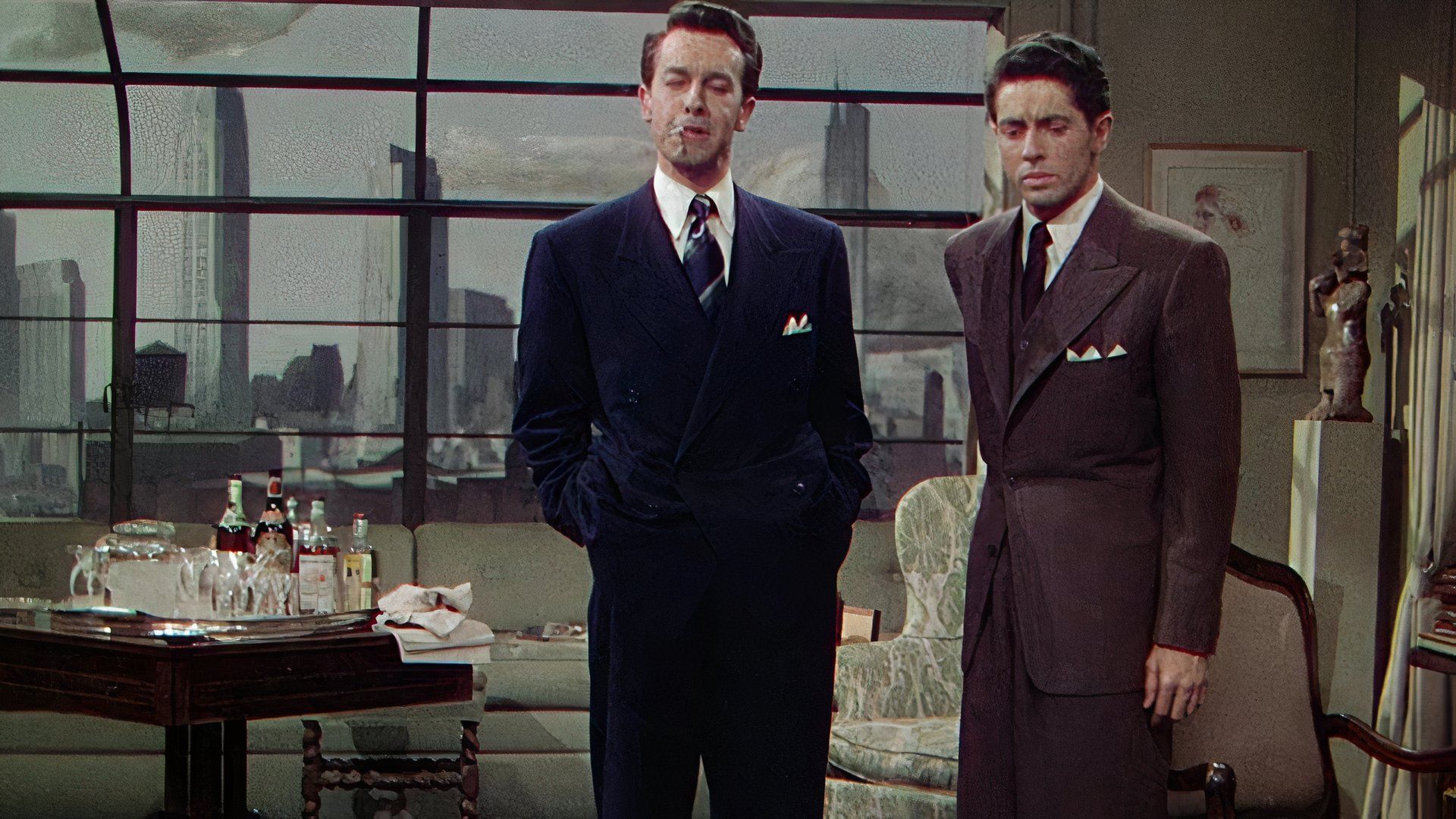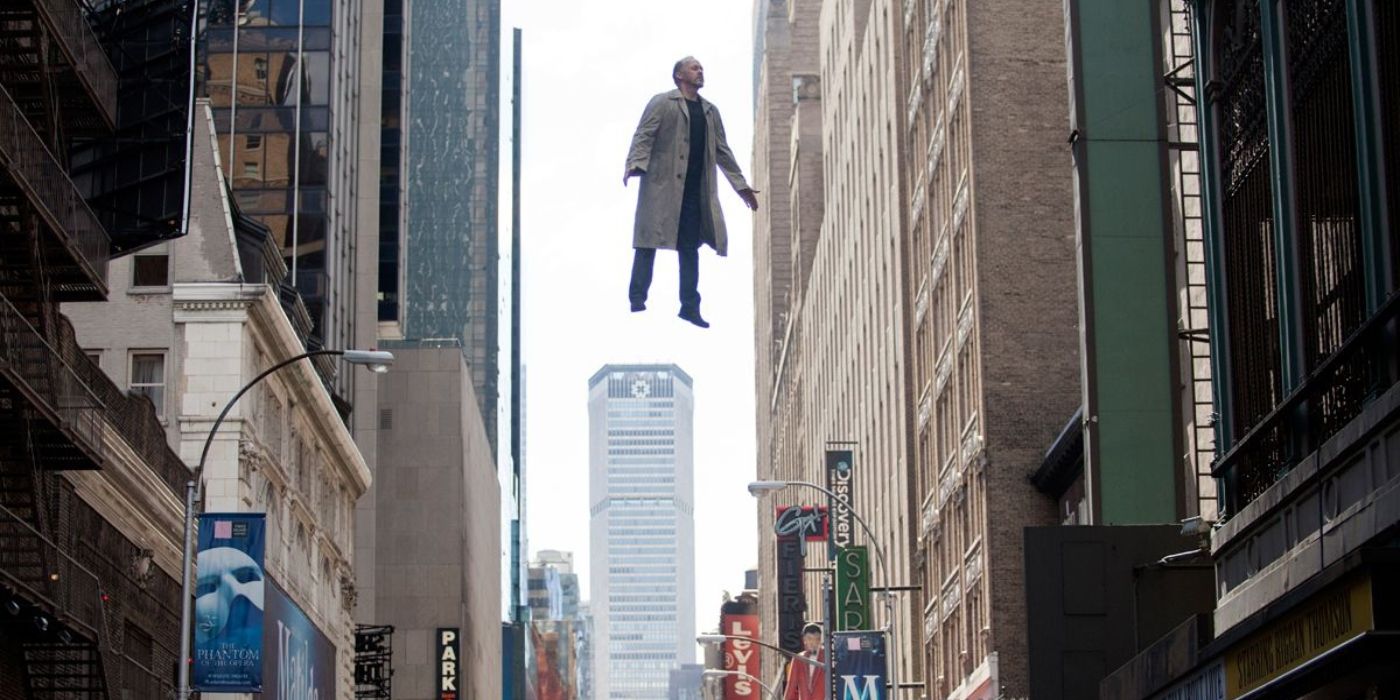
Over the last few years, the one-shot technique in filmmaking has transitioned from a unique approach to a popular trick used in movies and TV shows. Initially, films and episodes using a single continuous shot were quite rare, but nowadays, we’re seeing an increased number of productions attempting this method, particularly on TV. Recent TV series such as “Review” from Season 1 of The Bear, “The Oner” from Apple TV+’s The Studio, and the entirety of this year’s hit Netflix show Adolescence have popularized this approach.
Over time, the one-shot technique has emerged as a means to demonstrate a cinematographer’s skill, an actor’s talent, and to intensify suspense in dramatic scenes. However, despite its undeniable effectiveness, its impact may be weakened due to Hollywood’s tendency to overuse this technique.
Why One-Shots Have Become So Popular



I’ve been fascinated with the one-shot technique for quite some time now, even though the technical constraints of shooting on film in earlier days necessitated subtle editing tricks to conceal the cuts. One of the earliest and most notable examples is Alfred Hitchcock’s 1948 movie, Rope. In this film, the masterful director aimed to intensify the suspense by withholding the viewer’s usual relief of cutaways. Hitchcock meticulously structured the movie around sequences lasting approximately 10 minutes, as that was the maximum length that could be captured on a single roll of film. Although its cuts may appear somewhat obvious in today’s context, Rope remains an impressive demonstration of suspenseful storytelling.
In most of Hollywood’s history, one-shots were scarcely used due to the complicated process of film recording, making them a challenging endeavor for all but the most daring directors. However, with the advent of more user-friendly digital technology in the late 20th and early 21st centuries, this technique became easier to execute as digital cameras became lighter and more movable, eliminating the constraint of film rolls. While they were primarily associated with independent films until recently, movies like “Birdman” and “1917” have popularized the one-shot style.
As a film enthusiast, I’ve noticed how the use of one-shots in mainstream media has surged, fueled by a timeless aspect of movie-making: creative rivalry among artists. Back in 2014, when Cary Joji Fukunaga astounded audiences with an extended one-shot sequence in “Who Goes There,” the fourth episode of True Detective’s first season, it pushed the boundaries of what TV could achieve, inspiring subsequent creators to strive for even more innovative feats. In 2022, the gripping one-shot scene from The Bear’s “Review” still felt like a revolutionary moment, amplifying an almost unbearable tension within an already nerve-wracking series. This scene sparked a wave of admiration and anticipation among fans and critics alike, and it’s likely that Hollywood has been keeping a keen eye on this trend, hoping to capitalize on the buzz generated by such captivating techniques for future projects.
The One-Shot Might Lose Its Power



The entertainment industry often overuses popular trends until they become tiresome or outdated, as seen in the case of found footage horror in the late 2000s and early 2010s. After the success of “Paranormal Activity” in 2007, found footage movies were everywhere, but their novelty soon wore off due to audience saturation with the format. Although found footage films are still being produced, they have shifted back towards the independent sector. Similarly, Disney’s practice of remaking their animated classics into live-action versions has been financially successful, yet some critics and film enthusiasts have voiced feelings of exhaustion due to the company’s frequent revisiting of its vaulted library.
Currently, the one-shot remains with some potential, but the success of Adolescence might spark a desire among studios for similar content. In essence, Adolescence leverages its one-shot style much like “Review,” immersing viewers in an emotionally intense scenario without the detachment provided by edits. Whether the series would have been as impactful if it were filmed more conventionally is uncertain, but given the strength of its themes, it probably would have been.
In a playful manner, The Studio both mocks and embraces the one-shot style. Episode 2, titled “The Oner,” transforms this idea into a self-referential gag, as Seth Rogen and Evan Goldberg mock the perceived pomposity of the concept while also showcasing their filmmaking skills by using it. By satirizing The Studio’s portrayal, they subtly suggest that the one-take has gained a certain level of ridicule within Hollywood. However, despite this jab, they cannot overlook the power and impact of this technique.
It’s uncertain whether the one-shot style will end up following the same path as found footage movies, or if it will continue to impress due to its technical prowess. Considering the movie and TV industry’s tendency to replicate successful formats, along with filmmakers’ drive for innovation and the growing ease of access to technology, there’s a chance that viewers might soon tire of extended takes.
Read More
- Brawl Stars December 2025 Brawl Talk: Two New Brawlers, Buffie, Vault, New Skins, Game Modes, and more
- Clash Royale Best Boss Bandit Champion decks
- Best Hero Card Decks in Clash Royale
- Call of Duty Mobile: DMZ Recon Guide: Overview, How to Play, Progression, and more
- Clash Royale December 2025: Events, Challenges, Tournaments, and Rewards
- Mobile Legends: Bang Bang (MLBB) Sora Guide: Best Build, Emblem and Gameplay Tips
- Best Arena 9 Decks in Clast Royale
- Clash Royale Best Arena 14 Decks
- Clash Royale Witch Evolution best decks guide
- Brawl Stars December 2025 Brawl Talk: Two New Brawlers, Buffie, Vault, New Skins, Game Modes, and more
2025-04-28 00:02